How to set up advertising for already interested users: tips from Aitarget and our experienced e-commerce clients
Dynamic Ads automatically highlight products from your Catalogue to the News Feeds of the most relevant audience on Facebook, Instagram, Audience Network, and Messenger. As a result, social media users see ads featuring items they are already interested in.
However, if the retargeting is configured incorrectly, those skis a customer has already purchased may haunt they on Facebook and Instagram for ages, wasting your advertising dollars and possibly giving a negative impression of your business.
So Aitarget is sharing our top tips on how to avoid senseless pursuit of the wrong customers, and what actually works for effective dynamic retargeting. Our tips are fortified by our e-commerce clients’ best practices.
Ready
The three pillars of dynamic advertising are:
- customer statistics;
- a product catalogue;
- an ads template.
First, make sure you have installed the Facebook Pixel for your website and Facebook SDK for mobile apps. These tools collect statistics on visitor behaviour and will assist with determining who should see display items, according to the audience’s actions.
Second, prepare a source of information about your products which Facebook can use when generating your dynamic ads. This means creating a product catalogue, a storehouse of products that you will advertise. To create a catalogue, you need a product feed generated outside of Facebook. This is a summary table that organises product prices, names, descriptions, images, availability, and other characteristics – generated outside Facebook.
Anastasia Volkova, Head of Online Marketing at Aizel, talks about her company’s experience and results when using Dynamic Ads and a product catalogue in their brand advertising:
“We are very pleased with the efficiency of Dynamic Ads on Facebook and Instagram. When we first started working with this format, we launched A/B tests and measured how the handpicked product selections performed compared to dynamic ones built by Facebook algorithms. From the very first tests, automatic Dynamic Ads showed higher performance in terms of clickability, сost per сlick, and much higher conversions.”
You can then either upload your product feed on the Facebook Catalogue Manager in Google Merchant format or add products and their characteristics to the Facebook catalogue manually.
It is essential to link your catalogue with Facebook Pixel and check if it works correctly through the built-in Facebook feed debugger.
Third, you need an ad template to automatically upload products from the catalogue. It can be set in Ads Manager.
So are you ready? Let’s go to the start line.
Get set
Oops! False start!
Let’s first check out some more tips on retargeting optimisation using the product catalogue.
“Dynamic Ads allows Facebook to do all the work for the advertiser,” notes Elvira Deryabina, Client Solutions Manager at Aitarget. “The social network continues to develop this format, giving brands the opportunity to stand out in News Feed with the help of additional add-ons. Discount stickers make users pay attention to the products during sales, and the Dynamic Ads + Instant Experience format stays on the border of brandformance due to a strong creative component and a personalised selection of products within the ad.”
Not random events
Pixel collects and transfers data to Facebook about users’ actions on a website, but only for added events that track specific online interactions with your brand. There must be at least three such interactions in the Facebook Pixel funnel: ViewContent, AddToCart and Purchase. These are the main user stops on the way from viewing the item to purchase.
If you want more detailed statistics, you can use other standard Facebook Pixel events.
Second, prepare a source of information about your products which Facebook can use when generating your dynamic ads. This means creating a product catalogue, a storehouse of products that you will advertise. To create a catalogue, you need a product feed generated outside of Facebook. This is a summary table that organises product prices, names, descriptions, images, availability, and other characteristics – generated outside Facebook.
Anastasia Volkova, Head of Online Marketing at Aizel, talks about her company’s experience and results when using Dynamic Ads and a product catalogue in their brand advertising:
“We are very pleased with the efficiency of Dynamic Ads on Facebook and Instagram. When we first started working with this format, we launched A/B tests and measured how the handpicked product selections performed compared to dynamic ones built by Facebook algorithms. From the very first tests, automatic Dynamic Ads showed higher performance in terms of clickability, сost per сlick, and much higher conversions.”
You can then either upload your product feed on the Facebook Catalogue Manager in Google Merchant format or add products and their characteristics to the Facebook catalogue manually. It is essential to link your catalogue with Facebook Pixel and check if it works correctly through the built-in Facebook feed debugger.

Facebook SDK, an analytical tool that must be added to the application to track users’ actions, works in a similar way. Note that to use Facebook SDK for iOS, Android or JavaScript (on the web) you need your Facebook application ID number registered at developers.facebook.com.
To show users your relevant products dynamically, add to the SDK cast in the same way as in the Facebook Pixel events.

Deep connection
Want a user to interact with a product from a smartphone, then receive retargeting ads on a computer or tablet, and vice versa? To achieve this, include Deep Links in your product feed.
Deep Links enable you to lead a user who clicks on a link in an ad to a specific page of your product from the catalogue, not to your general page. If you collect statistics through both Pixel and SDK, you can retarget people with ads for the products they saw on your website, but shift them to your mobile app.
Deep Links for an app will lead the client who already has it installed from the advertisement directly to your product page. If the application has not yet been installed, the link will open the corresponding App Store or Google Play page, and the product will appear along with the first launch of the downloaded application.

Get set a bit more…
To make ads more attractive to the audience and fit your brand, customise their design.
Overlays
Add a virtual price tag which can automatically update to your ads. You can use the price image, the crossed out price, a discount percentage, the “Free delivery” message, a logo or any image you possess.

Feed processing technology created by Aitarget allows many possibilities with overlays: add frames and any text from the feed directly on the product images and change the position of the goods in the picture.
Slideshow
Create a slideshow with different images of the same product shown in the Dynamic Ad. To do this, use the additional_image_link field in the feed so that the customer can better consider what you are offering.

Fixed card
The first card of a Carousel can be fixed and displayed permanently in all ads of this format. Each user will see the preferred image or video and then a personalised set of products.
This is a convenient way to inform users about brand-relevant news along with Dynamic Ads. For example, you can tell everyone that a sale has begun or a new collection or collaboration with a well-known designer has started, and then accompany that announcement with products that the specific user has shown they are interested in.

Offer
Use the Facebook Offer special feature to show general promotions, discounts, and special offers to your audience together with individually selected items.For example, include the offer ad as the first card in the Dynamic Carousel format. It will transfer clicking users to a landing page with a promo code.

Categories
You can use one card sets of products that are collected automatically in Dynamic Ads. Aitarget’s e-commerce advertising specialists build these collages based on brand, product type, and Google product category division.

Dynamic Instant Experience
The Dynamic Ads and Instant Experience tandem allows you to instantly load a landing page with a selection of products.

Dynamic Collections
On Facebook and Instagram it is now possible to combine Dynamic Ads with the Collections format. In this case, the title image will be fixed and a dynamic selection of products from your catalogue will appear after the user starts interacting with the ad on their mobile device.

Go!
Now you’re ready to race to better results. So incorporate our tips and go!
Bonus tip: Dynamic Ads on Facebook is not only available for retargeting. You can also show personalised product advertising to a new audience that has not yet interacted with your brand to attract traffic to your website or grow mobile app installs.











